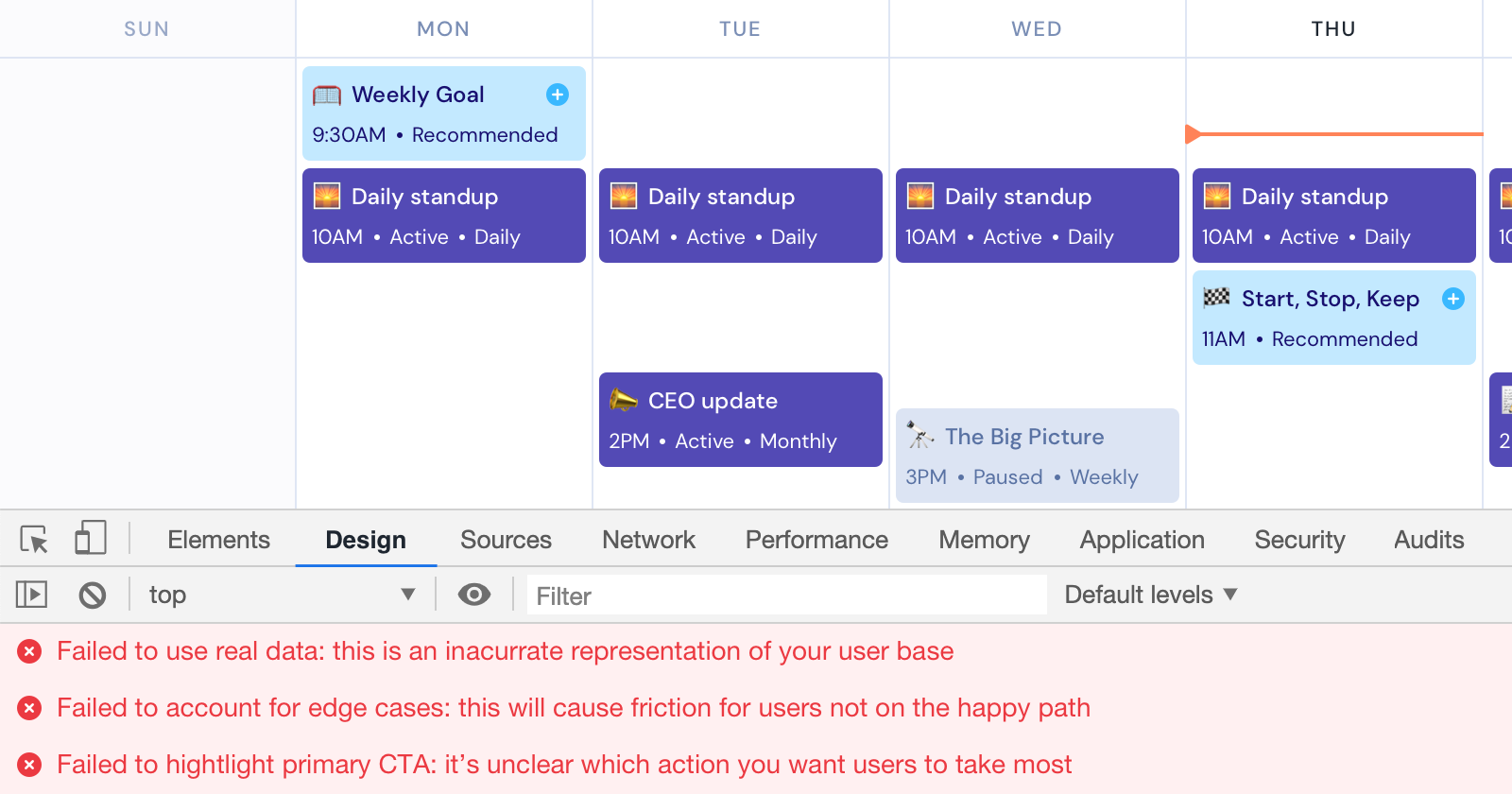A Diatribe of Sorts

The web progresses at an insatiable pace. And while the technical boundaries are constantly being pushed, sometimes it happens so fast we lose sight of how the web helps people live better lives. This has got me thinking about how I design for the web.
The future of the web is accessibility and performance. The distribution of information is the very nature of the web, and that shouldn't be ignored. Better, more available information in the hands of more people allows good things to happen. The desire to design something bold and different is admirable, but ultimately it is the designer's job to convey a message to their audience.
Design techniques come and go frequently and become outdated as soon as the next one arrives. But what remains constant in any medium is the message, and we must ensure above all else that it is delivered. We are in the business of making information accessible, and that should be the driver behind any web project.
Of course we want to make an impression on those who visit our websites. Making a lasting impression means delivering information that resonates with out users. A website that employs a unique interaction is fun and engaging that first visit. But once the infatuation with the front end interaction wears off users look for ideas. What do we stand for? What are we offering our users that will make them great? The answers to these questions become lost behind the boldness of a novel design. While there are websites out there that make a great first impression they often lack substance and depth. Those websites are made for web designers and not for their intended audiences.
Good design is unobtrusive. The best designed products do not elicit a response concerning the quality of its design. Rather, the design goes unnoticed because it fits so well with the goals of the product that people don't even think to imagine it any other way. Good web design is about the small things: space, typography, focus, and flow. Anything more than the essentials is a distraction to the core goals of a project and dilutes the effectiveness of the message.
It's good to be different, but above all the design must be honest. Do not make promises that you cannot deliver on, through written word or visual design. Honest design is a display of confidence and gains trust from users. A radical design implies a lack of confidence in what you are selling and insinuates a need to overcompensate for a perceived deficiency. Have confidence in what you provide and you will succeed. It's simply a matter of presenting things clearly.


